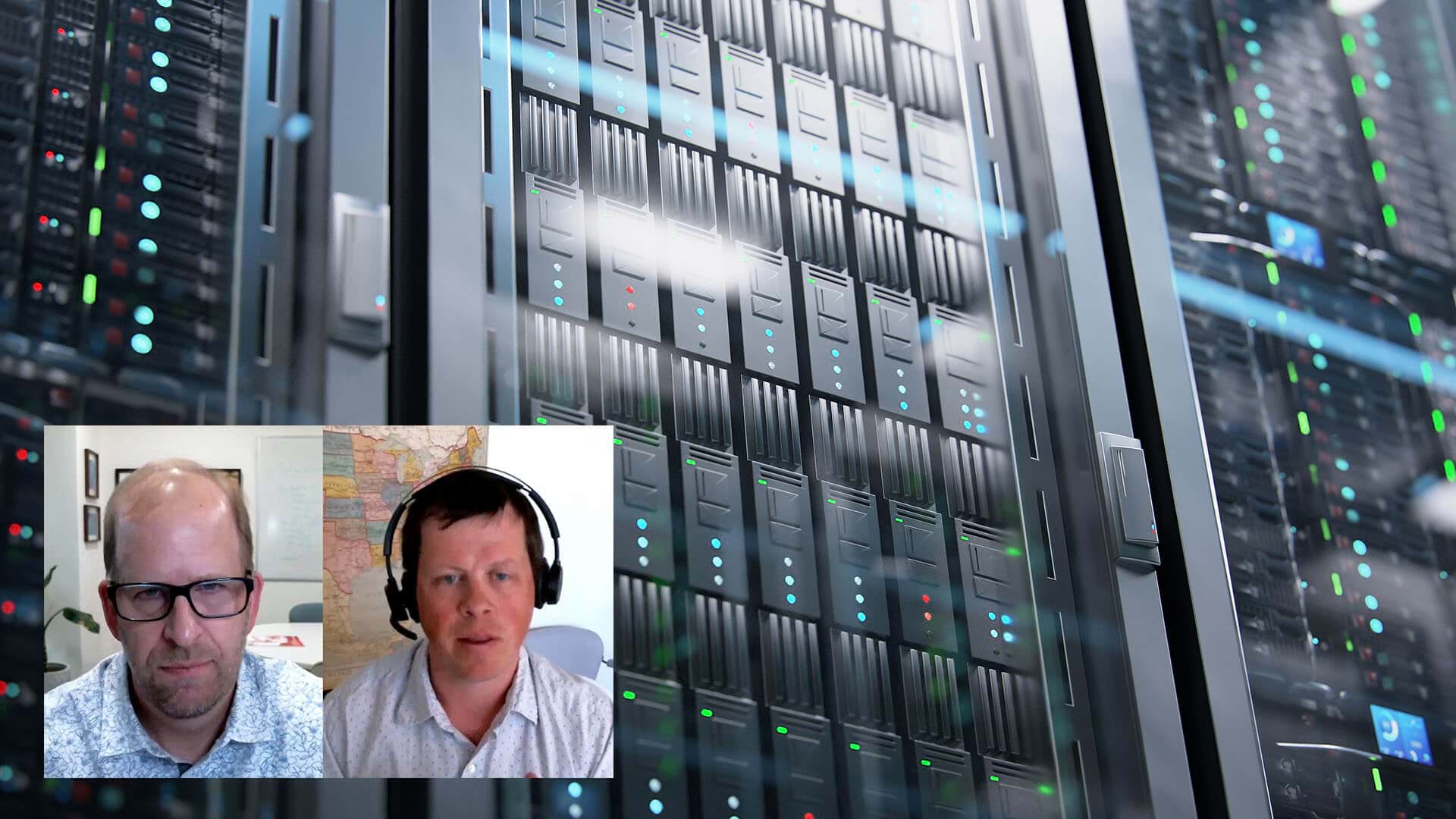Today’s CIOs aren’t merely searching for cost savings. They’re finding new ways to wring value from technology—in part by converting bespoke applications into enterprise-wide capabilities. They’re also rallying business leaders to treat data as an asset shared across the organization, rather than keeping it locked up in departments.
Many private-sector CIOs have learned that location data plays a leading role in these transformations. GIS technology—which turns location data into insight—often enters a company through a single, mission-driven app, but a value-focused CIO can help it become a system of record and insight for employees across the enterprise.
In the latest installment of the WhereNext Think Tank series, Esri Professional Services director Brian Cross and senior consultant Sam Libby delve into the evolving role of the CIO in steering organizational strategy. As we’ll learn, that often starts with putting a business on the map.
For CIOs looking to stretch budgets, become strategic advisers, and maximize value from enterprise technology, this conversation features a wealth of guidance.
Brian Cross: Sam, thanks for joining us on the Think Tank series, where we’ve been talking about executive priorities across the business world. Today we’re focusing on the role of the CIO, and I thought you could start by describing the pressures CIOs and IT executives face these days.
Sam Libby: I would say CIOs are under pressure all the time, but the pressure has changed.
There’s obviously a lot of interest in the security of their systems, so that’s a constant challenge. And cost is always a big pressure. But CEOs and business unit leaders want CIOs to be advisers—they want them to create value from technology, not just cut costs. And because there’s so much data available in the modern enterprise, CIOs are taking a stronger role in managing technologies that turn data into value.
Cross: Location data in particular has proliferated outside the traditional areas where it’s always been valuable, like in site selection and supply chain planning. That seems like a challenge and an opportunity for CIOs.
Libby: Managing location data across the enterprise is new for some CIOs. In the past, they might have thought of GIS [geographic information system] as a department-level tool, with location data that was valuable for a group like real estate.
Now there’s a growing recognition that location data is useful for many business units, and GIS, or geospatial software, is becoming a core enterprise technology because of that. Other enterprise systems like CRM and ERP may host location data, but they don’t have the analytical depth to enrich it and make it useful across the business.
So CIOs are empowering business units to use location data in new ways and increase speed to value.

We worked with an IT leader in the natural resources sector who said, “We’ve seen many instances where a dataset that was considered basic information for one team turns out to be very valuable to another team.”
New Value from Technology: A Basemap for Business
Cross: One of the concepts underlying what you’re saying is that location data and GIS maps help an organization communicate in powerful ways. How is that happening?
Libby: In the private sector, core organizational data might not seem to be geospatial. But information on your assets, activities, customers, and partners—along with risks and KPIs across your business network—all of that has a location element.
Organizations that map this information and use it to drive strategy and business direction—they create a kind of value that scales across the enterprise. And it all starts with what we call an operational basemap.
Libby: A CIO’s job at times is to step back and think, “What are the geographic layers on which we run our business?”
For a freight rail company, the operational basemap shows all its tracks, trains, depots, and customer locations. For a forest management company, it’s a detailed map of its land, harvesting activity, processing plants, and retail locations.
Executives toggle on different layers to see patterns—how a region’s biodiversity scores correspond to its carbon potential, or where maintenance staff are concentrated compared with the frequency of maintenance jobs.
Utility companies create operational basemaps of their delivery networks, power lines, service depots, and other assets. REITs track the real estate they own, along with data like consumer demographics. Financial institutions use operational basemaps to monitor branches, corporate offices, ATM machines, employee locations, and markets and sales territories.
Once you have that base, you start to see opportunities and risks much more clearly.
From Mission-Specialized to Enterprise Asset: The CIO as Change Agent
Cross: What role does the CIO play in creating an operational basemap?
Libby: Most companies use GIS software somewhere in the organization, and GIS is the engine of the operational basemap. CIOs can lead the transition from a mission-focused technology to an enterprise-wide asset. Fostering collaboration is an important role.
One CIO we worked with really excelled at bringing lines of business together to share the vision for location data and operational basemaps. She helped each business unit understand why it was important to work together and how the IT strategy would connect different groups.
Because of her advocacy, each business unit knew they were providing information to the system and receiving information from other units, and they all were buying into that bigger vision—something important to the whole enterprise.
Cross: For CIOs who see the value of an operational basemap and location intelligence across the business, how do they make the leap from a mission-oriented application to an enterprise-wide, core IT system?
Libby: Quick wins and flexibility are important. At the department level, GIS often houses data that’s useful to the rest of the organization. For example, if the facilities management team maps all its buildings and infrastructure, the security group might use the same basemap to create a common operating picture of campus. Connecting those groups can be a quick win for the IT team.
The CIO can take the lead on connecting location data, GIS, and other enterprise systems in an enterprise-wide capability. In that kind of “system of systems,” flexibility is important. Traditional enterprise systems tend to address a rigid set of requirements, but since GIS technology has been used in so many business workflows, it’s inherently flexible. It’s built on a set of reliable data and foundational services that the CIO’s team can leverage to empower users.
The Importance of Data Governance
Cross: In these flexible systems you’re talking about, governance is something that I think CIOs are dealing with more and more.
Libby: We’ve seen successful CIOs say, “This may be difficult, but we’re going to choose which group and, ideally, which person in that group is responsible for this dataset.” It takes real vision for the CIO to say, “We have to do it this way for these reasons, and here are the benefits we get.”
Quick Wins and Time to Value
Libby: All of this goes back to the pressures we talked about at the beginning.
If a customer-facing business has all its locations on an operational basemap, GIS technology can analyze CRM data and quickly answer questions that otherwise would take hours or days to gather and process.
Now an executive doesn’t need to ask a specialist, “Where are the stores in this region with sales over $100,000 per month?” They can access the information with a few clicks of the operational basemap.
Those kinds of quick wins get everybody thinking spatially, and the CIO is in a great position to improve time to value from technology when spatial data is available across the enterprise.
The Esri Brief
Trending insights from WhereNext and other leading publicationsTrending articles

December 5, 2024 |

November 12, 2018 |

July 25, 2023 |

February 1, 2022 |

July 29, 2025 |

August 5, 2025 | Multiple Authors |




